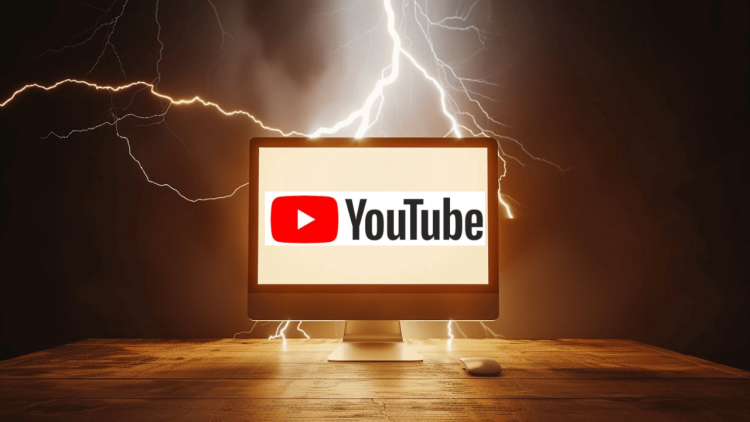In a significant development for content creators, YouTube has announced the integration of Google DeepMind’s Veo 2 video model into its Shorts platform. This new feature lets creators generate AI videos directly within their posts, marking YouTube’s entry into the growing field of AI-generated video content.
The announcement comes as Google positions itself to compete with OpenAI’s Sora, a text-to-video generation model that has recently gained attention in the AI community. Veo 2 builds upon YouTube’s existing Dream Screen feature, which previously only allowed creators to generate AI backgrounds using text prompts.
Enhanced Video Generation Capabilities
YouTube’s Director of Product, Dina Berrada, highlighted Veo 2’s improved capabilities in a recent blog post. “Veo 2 understands real-world physics and human movement better, making its output more detailed and realistic,” Berrada explained. “You can even specify a style, lens, or cinematic effect, making Dream Screen an easy and fun way to express yourself.“
Safety Measures and AI Content Identification
To address concerns about misleading content, YouTube has implemented several safety measures:
- All AI-generated videos will be marked with DeepMind’s SynthID tool
- SynthID acts as a digital watermark to identify AI-created content
- Clear labels will indicate when videos are made using AI
However, experts note that while these labels are helpful, they may not completely prevent the potential spread of misleading synthetic content.
How to Use Veo 2 on YouTube Shorts?
Creating AI-generated videos with Veo 2 follows a simple process:
- Open the Shorts camera
- Select the Green Screen option
- Navigate to Dream Screen
- Enter a text prompt to generate the desired video
Availability and Future Plans
The initial release of Veo 2 on YouTube Shorts is limited to creators in:
- United States
- Canada
- Australia
- New Zealand
YouTube has announced plans to expand access to more countries, though specific timelines haven’t been revealed.
Conclusion
The integration of Veo 2 into YouTube Shorts represents a significant step in making AI video generation accessible to everyday content creators. This development could dramatically change how social media content is created, potentially leading to more creative and diverse short-form videos. However, it also raises important questions about content authenticity and the need for clear identification of AI-generated media. As these tools become more widely available, both creators and viewers will need to adapt to a landscape where AI-generated content becomes increasingly common on social media platforms.








